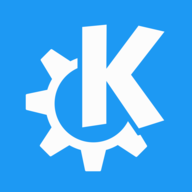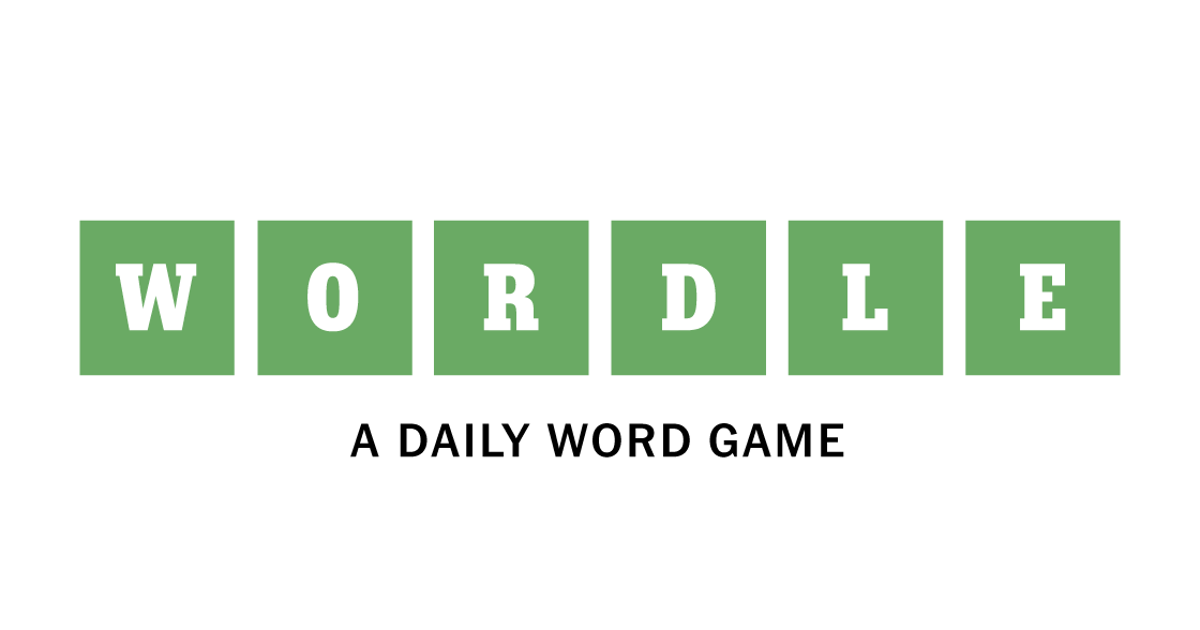

You can convert using Evernote as an intermediary: https://github.com/zadam/trilium/wiki/Onenote
You’d need to hunt down a copy but there are mirrors since Evernote ended legacy version, and it’d need to be set up in wine to run in linux but it should do the job.












Sure, just ban private and exclusionary clubs and give everyone the right to join and play of they wish. Then its fair.